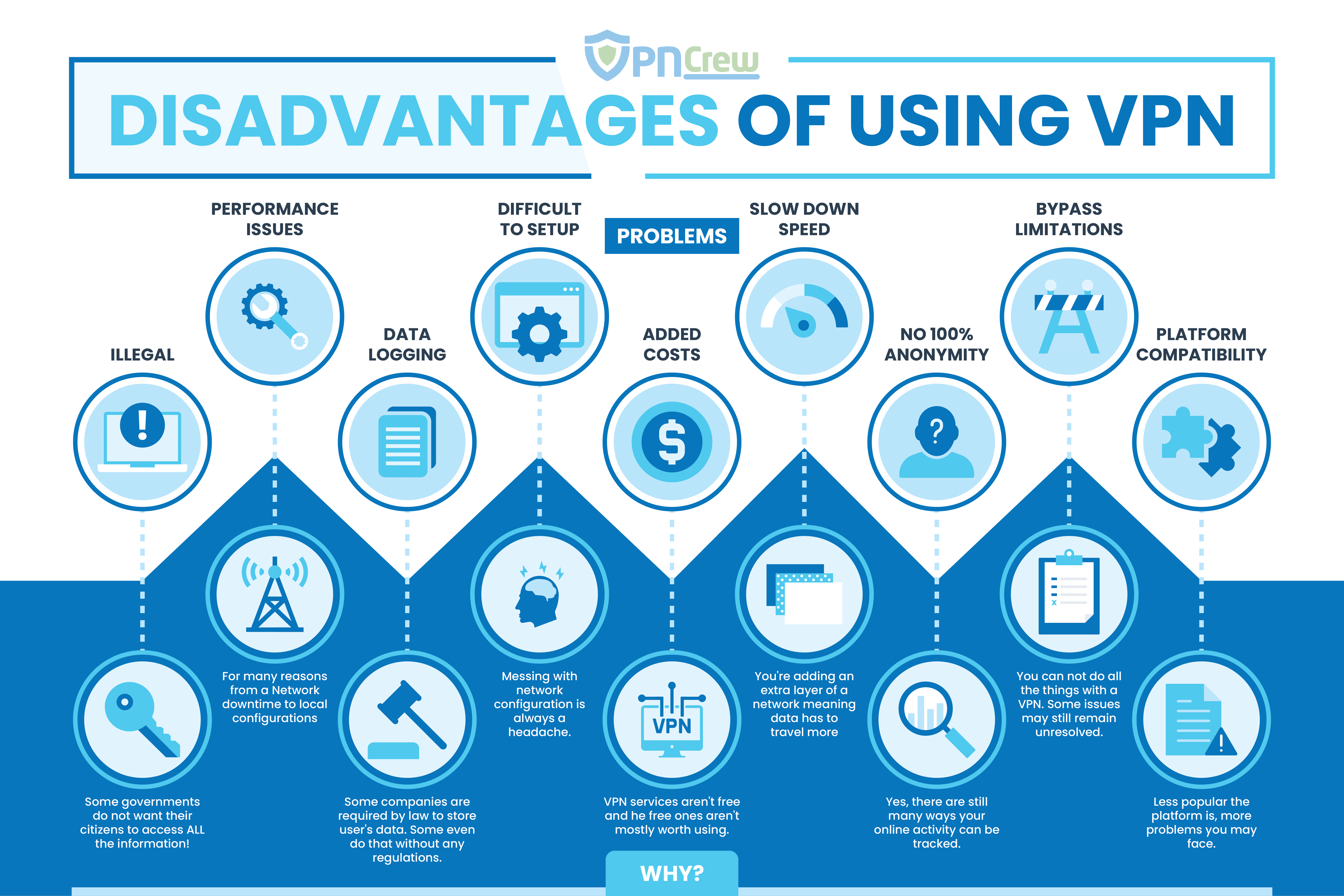Featured
Table of Contents
Vpn Troubleshooting Guide - Freethought

The Routing and Remote Gain access to snap-in lives within the Microsoft Management Console, called the MMC. There are numerous ways to access the MMC. You can select the console from the Start menu's Programs options, within the Administrative Tools folder within Windows server's Control Panel or by typing mmc at a command timely.
As Tech, Republic's Brandon Vigliarolo shows within his video at the start of this article, the Providers console shows the status of the Routing and Remote Gain access to entry. From within the Providers console and with the Routing and Remote Gain access to entry highlighted, you can click Start the Service or right-click the entry and select Restart.
Sometimes the VPN customer and VPN server are set to utilizing various authentication methods. Verify whether an authentication error is the problem by opening the server console. Yet another method of accessing the MMC is to type Control+R to open a command prompt in which you can type mmc and struck Go into or click OK.
If the entry isn't present, click File, choose Add/Remove Snap-in, choose the Routing and Remote Gain access to option from the choices and click Include, then OK. With the Routing and Remote Access snap-in added, right-click on the VPN server and click Residences. Then, examine the Security tab to confirm the authentication method.
Vpn Errors - Common Codes And Messages
Guarantee the VPN client is set to the authentication approach specified within the Security tab. Typically the items simply reviewed are accountable for most VPN connection refusal errors.
IP addresses are another fundamental element for which administration must be appropriately set. Each Web-based VPN connection typically uses 2 various IP addresses for the VPN client computer system. The very first IP address is the one that was designated by the customer's ISP. This is the IP address that's used to establish the initial TCP/IP connection to the VPN server online.

This IP address generally possesses the very same subnet as the local network and hence allows the customer to communicate with the regional network. When you established the VPN server, you need to configure a DHCP server to assign addresses to clients, or you can produce a bank of IP addresses to designate to customers straight from the VPN server.


If this choice is selected and the efficient remote access policy is set to allow remote gain access to, the user will be able to attach to the VPN. I have actually been unable to re-create the scenario personally, I have heard reports that a bug exists in older Windows servers that can trigger the connection to be accepted even if the efficient remote access policy is set to deny a user's connection.
Remote Access (Vpn And Aovpn) Troubleshooting Guidance

Another common VPN problem is that a connection is successfully developed but the remote user is unable to access the network beyond the VPN server. Without a doubt, the most common reason for this problem is that permission hasn't been given for the user to access the whole network. To permit a user to access the whole network, go to the Routing and Remote Access console and right-click on the VPN server that's having the issue.
At the top of the IP tab is an Enable IP Routing check box. If this check box is allowed, VPN users will have the ability to access the rest of the network, assuming network firewall programs and security-as-a-service settings allow. If the checkbox is not picked, these users will be able to gain access to just the VPN server, however nothing beyond.
If a user is calling directly into the VPN server, it's usually best to set up a static path in between the customer and the server. You can set up a static path by going to the Dial In tab of the user's homes sheet in Active Directory Users and Computers and selecting the Apply A Fixed Route check box.
Click the Include Route button and then enter the location IP address and network mask in the area provided. The metric must be left at 1. If you're utilizing a DHCP server to designate IP addresses to customers, there are a number of other issues that might trigger users not to be able to surpass the VPN server.
Unable To Connect To A Vpn On A Windows Pc? 7 Ways ...
If the DHCP server designates the user an IP address that is already in use somewhere else on the network, Windows will identify the conflict and prevent the user from accessing the remainder of the network. Another common issue is the user not getting an address at all. The majority of the time, if the DHCP server can't assign the user an IP address, the connection won't make it this far.
254.x. x range. If the client is assigned an address in a variety that's not present within the system's routing tables, the user will be unable to navigate the network beyond the VPN server. Other issues can contribute to this problem, too. Make sure the resources the user is trying to gain access to are actually on the network to which the user is linking.
A VPN connection to the other subnet might, in truth, be needed. A firewall program or security as a service solution might also be to blame, so do not forget to review those solutions' settings, if such parts exist between the VPN server and the resources the user seeks to reach.
The first possibility is that one or more of the routers involved is performing IP package filtering. IP package filtering might prevent IP tunnel traffic. I advise inspecting the customer, the server and any makers in between for IP package filters. You can do this by clicking the Advanced button on each maker's TCP/IP Characteristics sheet, choosing the Options tab from the Advanced TCP/IP Settings Residence sheet, choosing TCP/IP Filtering and clicking the Characteristics button.
Latest Posts
Business Vpn: What Is It And Which One Should You Consider?
What Is A Business Vpn? Understand Its Uses And ...
Business Vpn For Small & Enterprise Companies